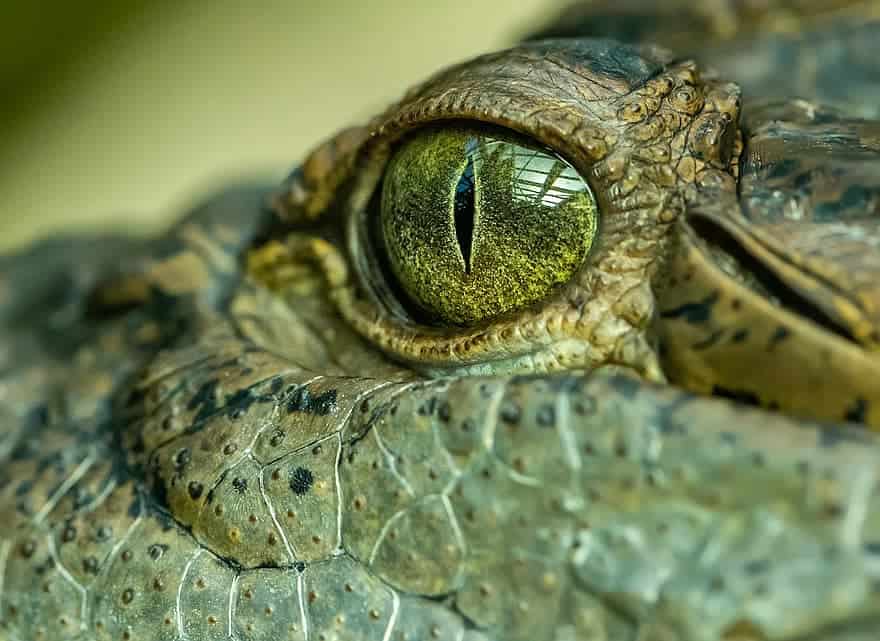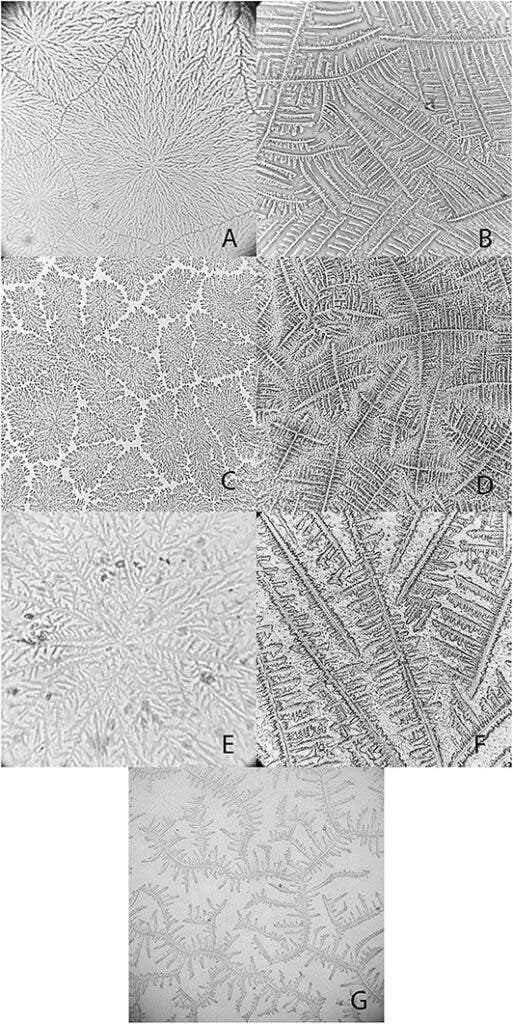
The phrase ‘crocodile tears’ is often used to denote phony tears of sorrow but, literally speaking, crocodile tears are surprisingly similar to our own in terms of chemical makeup. Since crocs haven’t changed that much for millions of years, these new findings might provide insight into how the eye evolved and lead to new treatments for eye disease.
Most previous studies that analyzed the chemical composition of tears in non-human animals tended to focus on other mammals, such as dogs, horses, or monkeys. It’s been just recently, however, that researchers in Brazil analyzed the tears of reptiles and birds for the first time.
The researchers collected tears from seven species (barn owls, blue-and-yellow macaws, roadside hawks, broad-snouted caimans, and loggerhead, hawksbill, and green sea turtles) from tear ducts or other similar glands.
Tears serve an important role in keeping the eyes healthy. They’re typically made of mucus, oil, and water, which bind together to coat the eye preventing them from drying out and supplying crucial proteins and minerals. Tears also prevent infections and lubricate the eye, clearing debris. In humans, tears are also an expression of powerful emotional states.
Although no other animal is known to weep, the new study shows that at least chemically speaking, human tears aren’t all that different from those of reptiles like caimans.
Veterinarians at Brazil’s Federal University of Bahia analyzed the tears of 7 species of caiman from local conservation centers, animal care facilities, and commercial breeders.
Using special testing kits, the researchers measured the amounts of electrolytes and proteins in the reptiles’ tears.
Remarkably, birds, reptiles, and mammals all had a very similar makeup of their tears, despite the fact that there was great variation in the structures that produce their tears for each species.
“There was more total protein and urea in owl and sea turtle tears, respectively, than in the other animals tested. Electrolyte balance was similar for all species, with higher sodium, chloride, and iron,” the authors of the study wrote.
The ionic balance of lacrimal fluids of birds and reptiles was similar to that in humans, with higher values of sodium and chloride. However, a similar tear composition did not influence the crystal morphology. Crystallization classification suggested that higher grades and types are due to the different microelements present in the tears of wild species,” they added.
That’s not to say that the tears were identical. Human tears had higher levels of protein compared to other species, on average, offering greater stability of the ocular surface. Caimans and owls have even higher concentrations of proteins, likely because both species have very large eyes and blink rarely. People blink every 10-12 seconds while caimans can keep their eyes open without blinking once for up to two hours.

Doctors often look at dried tears under the microscope in order to diagnose eye disease. When the Brazilian researchers analyzed the crystallization patterns of solid tears, this time they found evidence of much more variation in the tears crystals between species than in the tear composition itself. Sea turtles and caimans were particularly unique, which is likely due to their adaptations to aquatic environments.
According to the new findings published in the journal Frontiers in Veterinary Science, the surrounding environment has an important impact on tear composition. Because tears are the body’s most exposed fluids to the outside world, their composition will become easily modified when the environment is altered, such as by pollution. This can have a detrimental effect on eye health.
In the future, the researchers plan on analyzing tears from more species, as well as uncovering new findings that may translate into new treatments for eye problems in both humans and animals.
Was this helpful?



